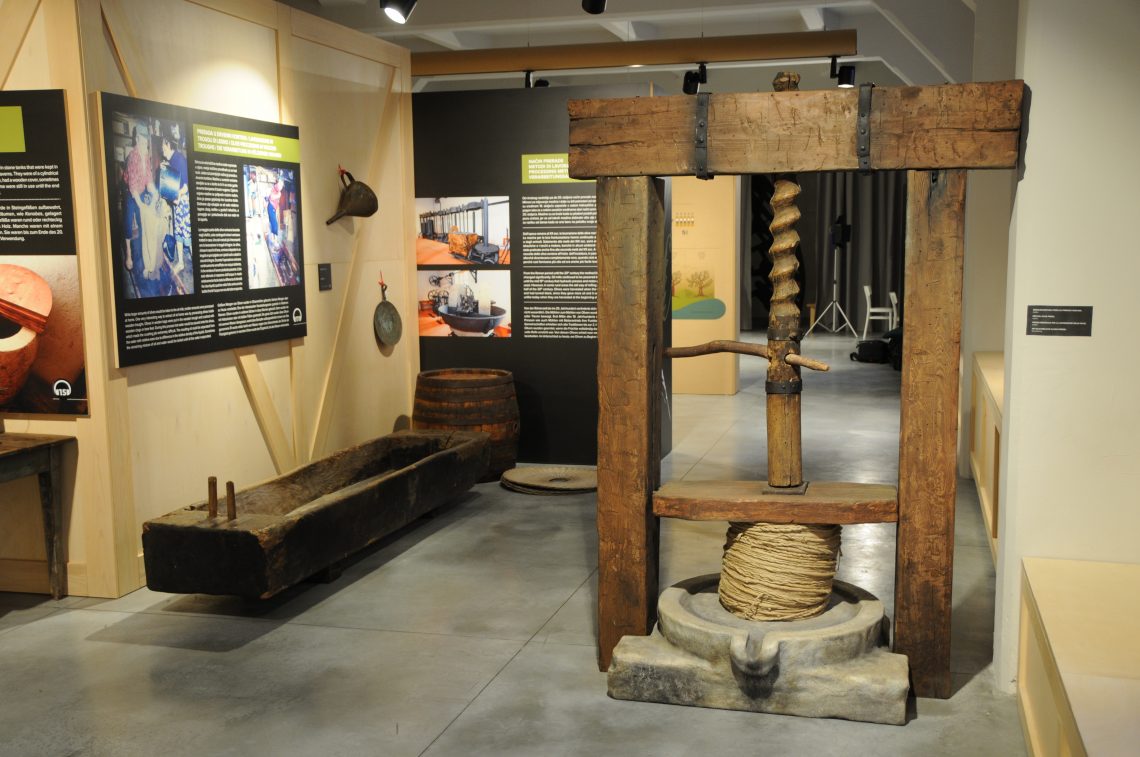The Wolf Post, supported by a Cultural Association, offers a professional service with free access, without subscription.
For this reason, a donation would also be a sign of appreciation for our work.
On the journey to discover the world of Extra virgin olive oil, olive oil museums are a recommended stop. Also suggested for lovers of art and culture, not just food and wine, the oil museums are a heritage to be preserved.
Lorena Boljunčić, art historian and entrepreneur in the tourism sector, is the founder of the Museum Olei Histriae. Located in the center of Pula, a charming Croatian city, the Museum is the flagship of the city, born from Lorena’s passion for olive culture.
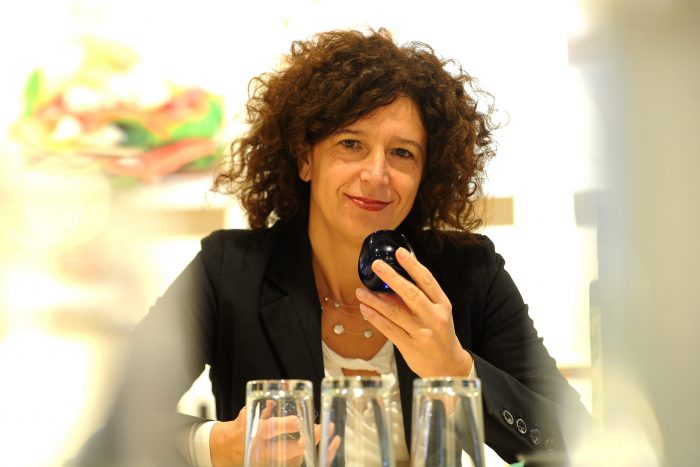
©Museum Olei Histriae
The museum, since its opening, has been visited by numerous international tourists and offers a real journey into the past to discover how the Romans transformed olives into oil, passing from the Middle Ages to get to the present day with a path of tasting.
Lorena, how did your passion for the world of oil come about and when did you decide to create a museum entirely dedicated to Extra virgin olive oil?
Well, fifteen years ago I thought I didn’t like olive oil. At that time, most of the olive oils in Istria were from late harvest and I didn’t like the smell and taste of it. But soon, the trees that my father planted many years ago started to give fruits, and for the first time I tasted beautiful fresh olive oil. That was actually a time when pioneers like some Istrian producers started with modern production methods. I was really surprised and started to research what happened, where are the differences. As art historian, I also started to research the history of olive growing in Istria, and then, five years ago, I decided to make a space where all that can be gathered. So, we created The House of Istrian Olive Oil.
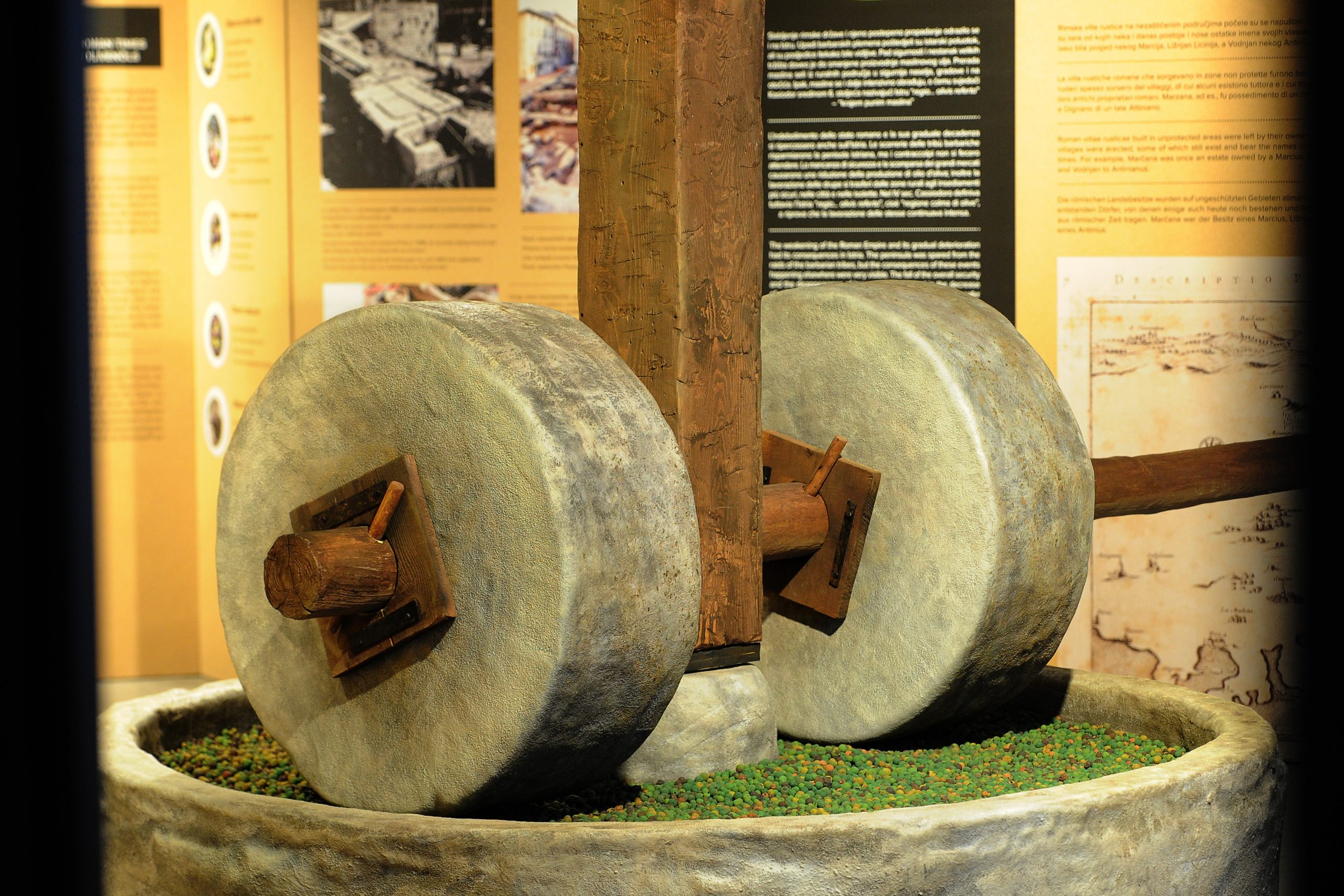
©Museum Olei Histriae
Before the opening, how did you organize the construction of the museum?
It was not easy. We needed a big space to cover the museum, tasting premises and shop. We found a rusty place in the center of Pula, renovated it and started to work. Unfortunately, due to Covid 19, last winter, we decided to move to another place, also in the center, near roman Amphitheatre and we will open it in the next few weeks. The new space has 560 m2 and will be very similar to the old one.
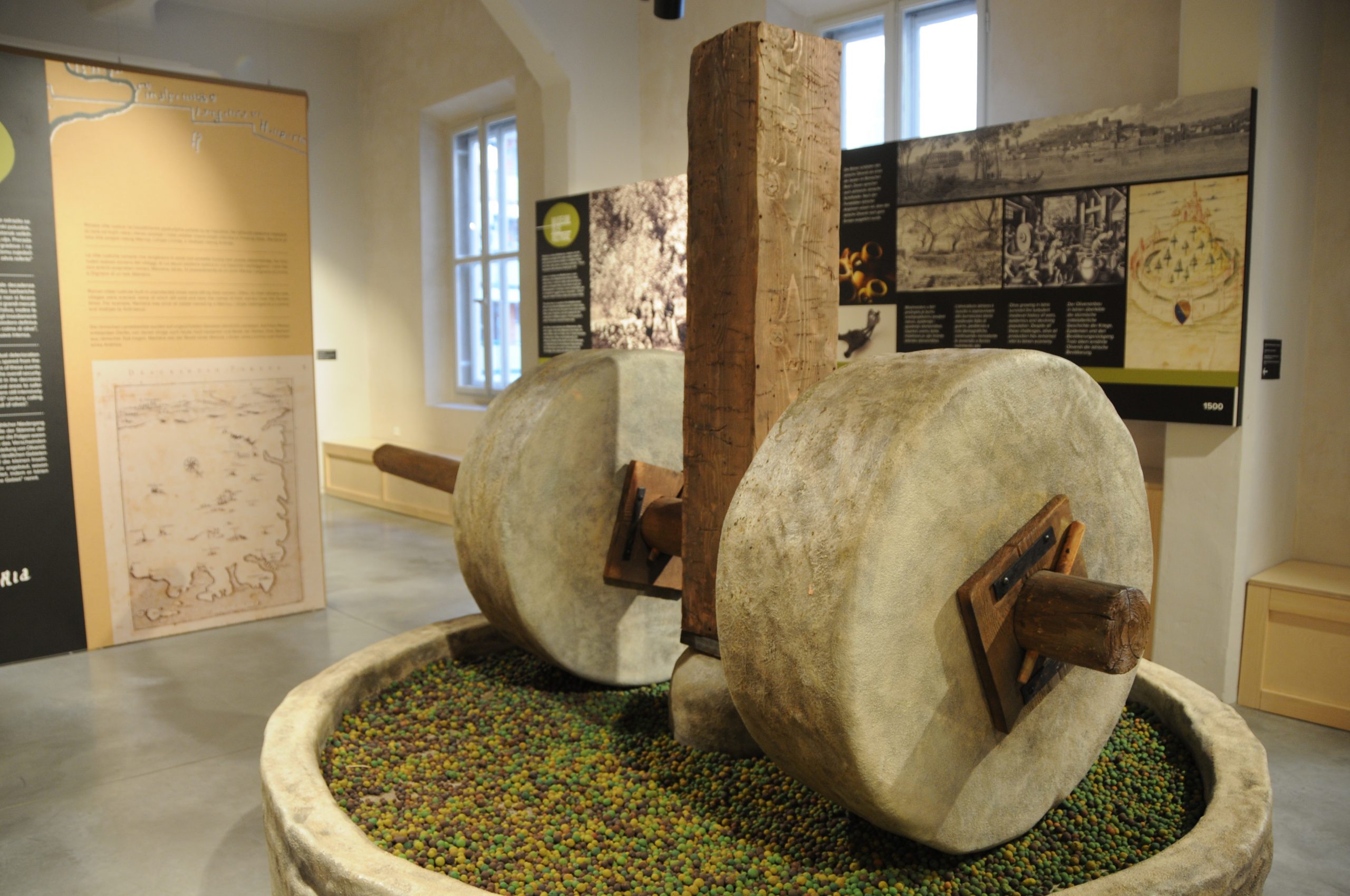
©Museum Olei Histriae
The museum offers various spaces. Can you briefly describe how it is structured?
My idea was to present all aspects of Extra virgin olive oil in Istria. In Museum Olei Histriae, there is an interesting story about the past from roman and medieval times, as well about the present of olive growing in Istria. We also explain what is important to produce high quality olive oil, what is chemical or sensory analysis etc. There are two original films, one that was filmed 40 years ago where our visitors can see how we made olive oil and second one how we make it today. Besides the museum, there is guided tasting, where we teach our guests how to recognize quality EVOO, and how to distinguish it from the industrial ones, following international standards. It is like a small and interesting course of testing EVOO.
At the end, we have a shop with the biggest selection of Istrian producers. There are more than 20 producers from Istria with International awards, all Istrian EVOO varieties, different blends and other products from olive oil like natural cosmetics etc…
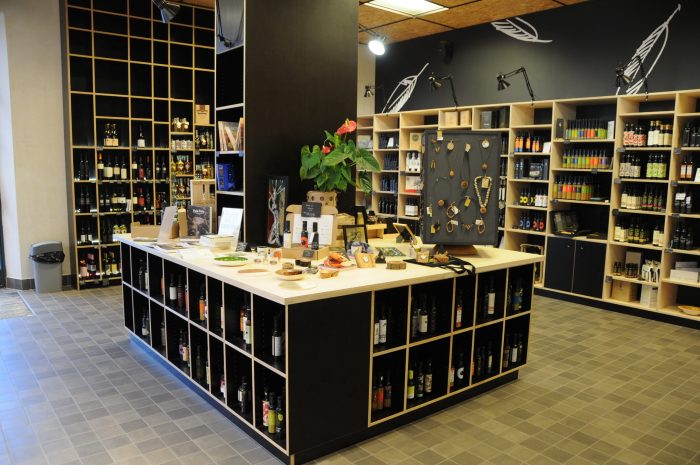
©Museum Olei Histriae
How is the visit to the Museum organized?
There is a lot of information that is actually an introduction for tasting. We have audio guides on twelve languages. If there is a group visit, we guide them through the museum. After that, we had a guided tasting. At the end, they visit the shop and choose the type of olive oil they liked the most.
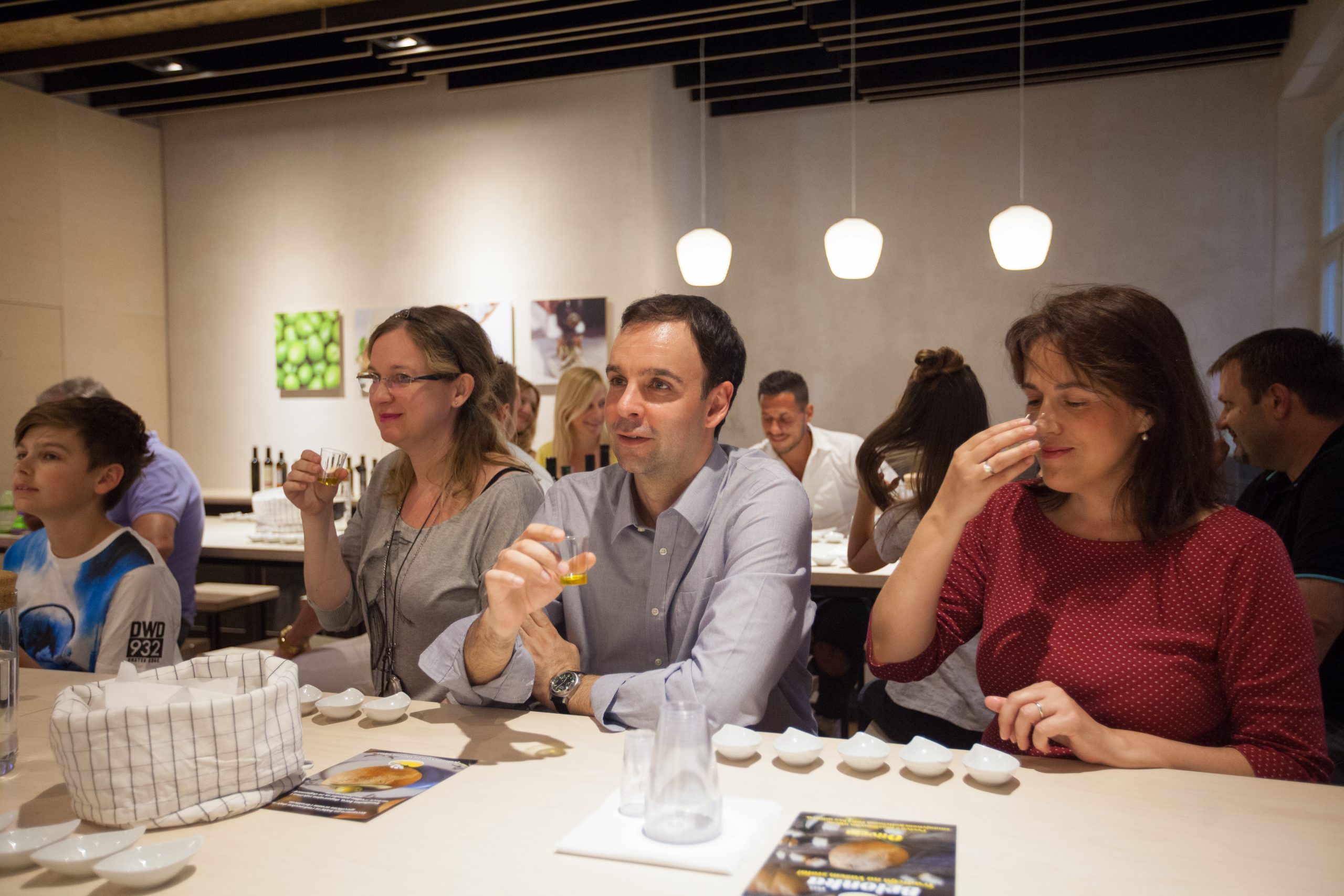
©Museum Olei Histriae
What are the main valuables present useful for reconstructing the historical path of olive oil culture?
The machines are the most interesting aspect. Basically, the olive oil production method was similar from Roman times to recent times. In the nineteenth century, for example, there were hydraulic presses, but the pressing and dough of the olives was almost the same. Today, we have a completely different way of making oil, we deal a lot with polyphenols and the harvest is early. Many visitors think there are two types of olives: green and black. We show them that each olive is green in the beginning and the color changes as the olive ripens.
In Roman times, we have a very informative map of the export of Istrian olive oil in the 1st century throughout the Roman Empire. We became acquainted with it today, analyzing special forms of amphorae – Dressel 6B, which were made in Istria, and found in different places throughout Europe.
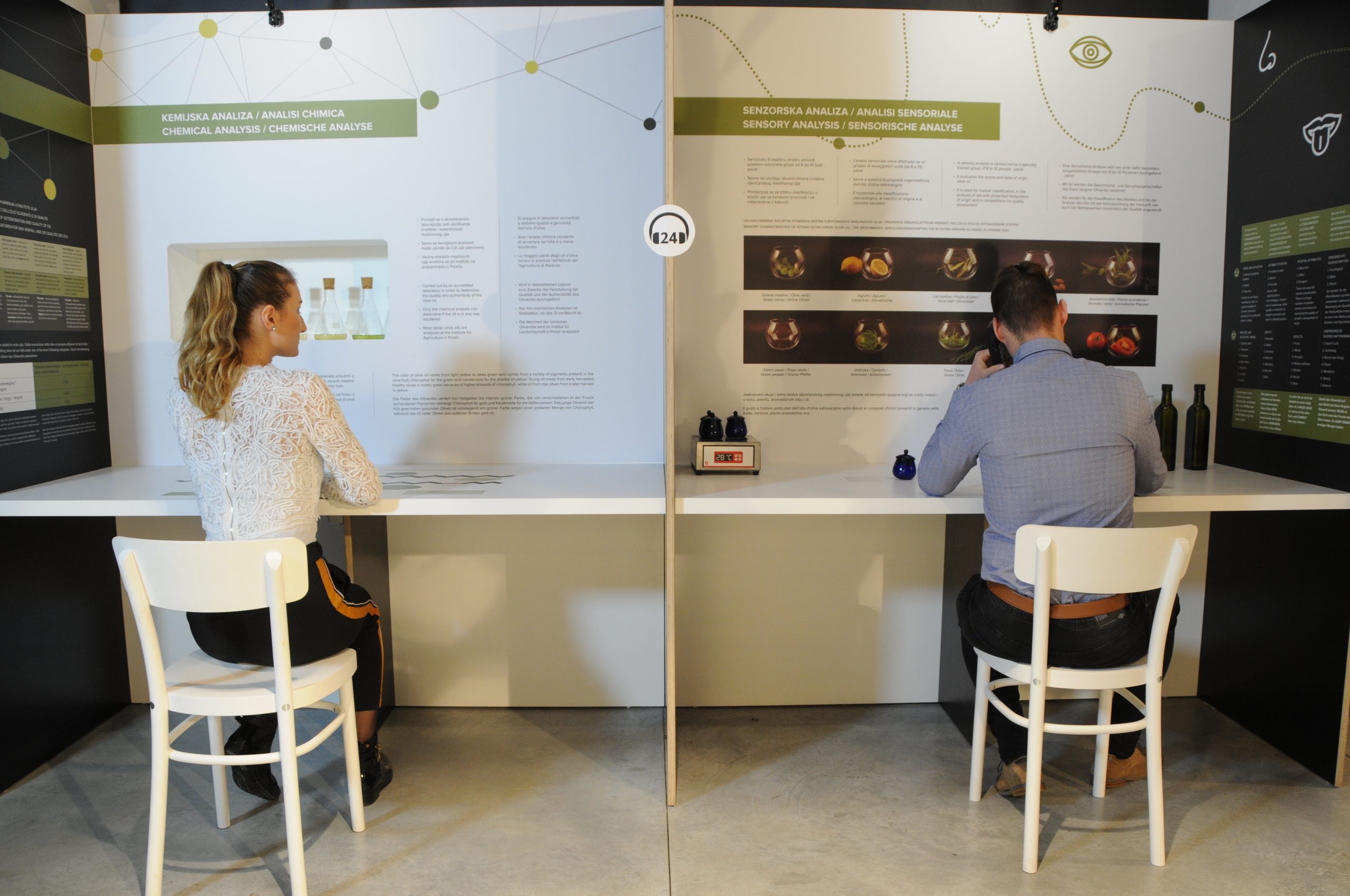
©Museum Olei Histriae
How is the tasting organized?
Guided tasting is followed by a short PowerPoint presentation where our guests observe a list of positive and negative attributes of olive oil. We look for them in presented oils by comparing high quality EVOO and low cost EVOO from the supermarket which usually has defects in smell and taste. In the Gold experience package we add 5 high quality Istrian oils of different varieties and finish with dessert – we pair sweet with olive oil.
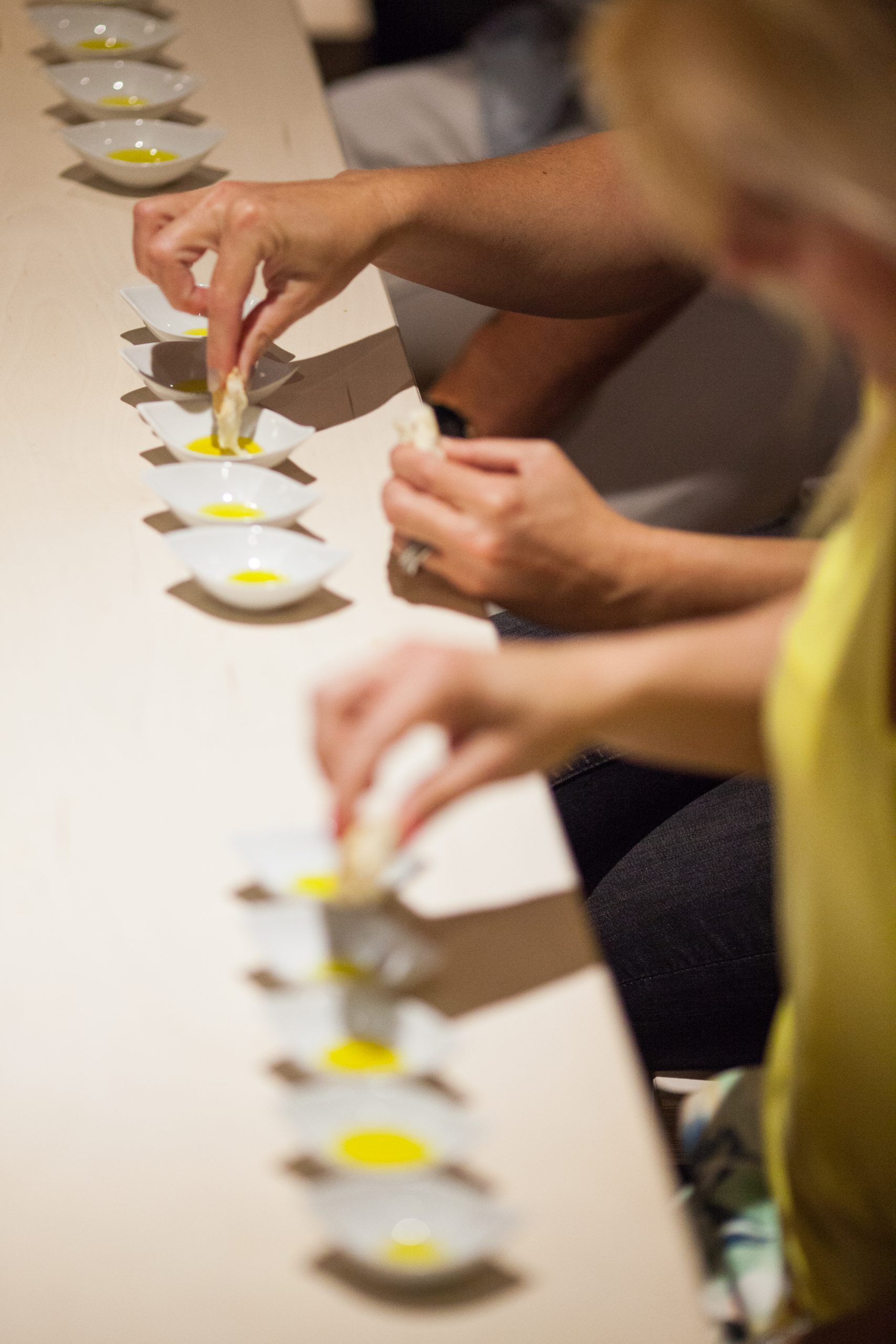
©Museum Olei Histriae
What types of Extra virgin olive oils are available in the museum’s e-shop?
We have a really interesting selection of the best Istrian EVOs. Over the past decade, Istrian producers have won many international awards and we are so proud to promote them. On each shelf we display one or more awards from each manufacturer from different competitions.
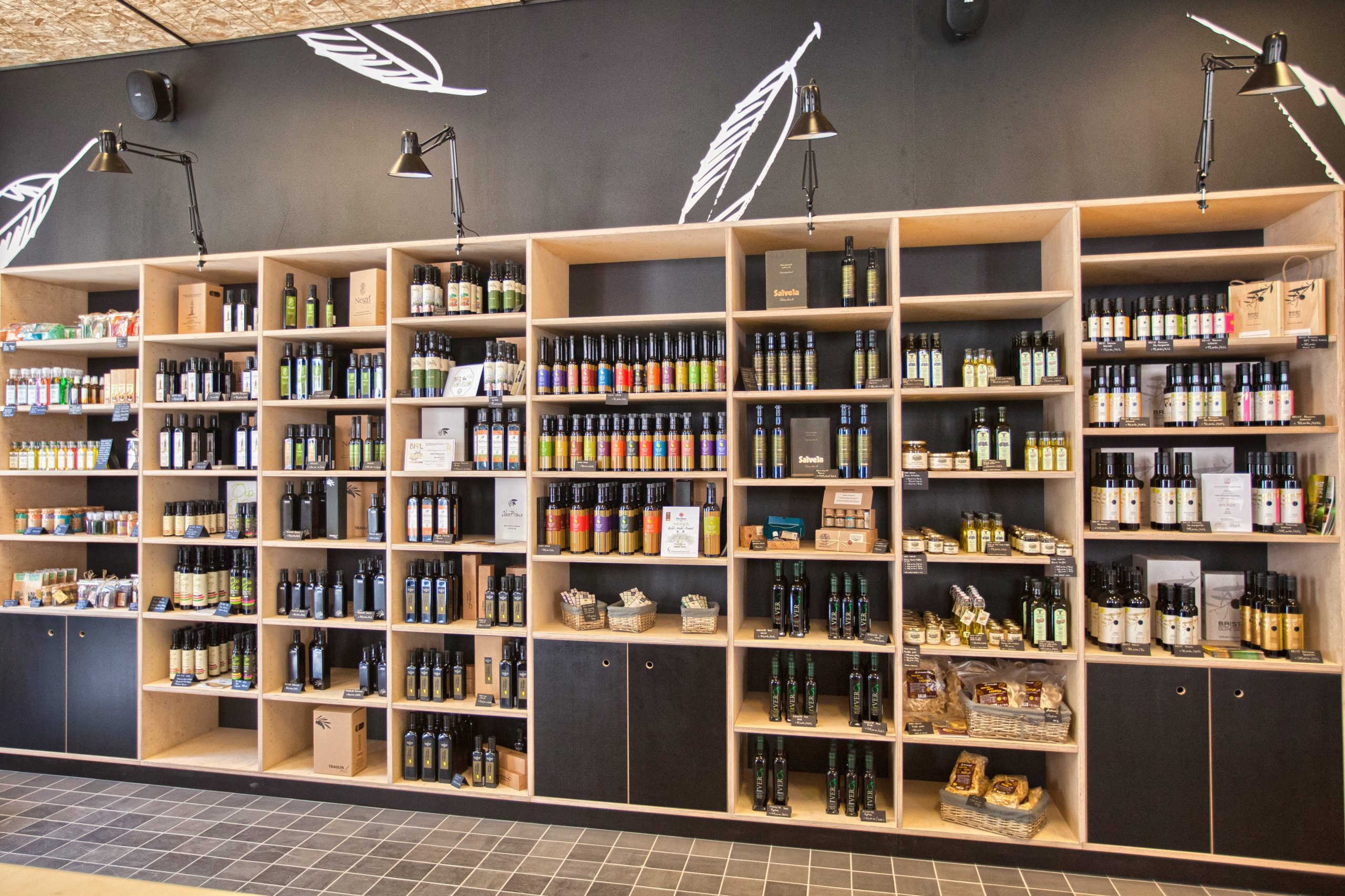
©Museum Olei Histriae
How are the visits organized in this period?
Before the Covid 19 we worked all year except January and February. We hope after this year things will get back to normal and we will continue working the same way. In the new premises we will start working at the beginning of June, so in a few weeks. Since the space of The House of Istrian Olive Oil has more than 560 square meters, we can accept 60 people at once. We take care about the epidemiological standards; part of our employees is already vaccinated.
Museum Olei Histriae
info@oleumhistriae.com


